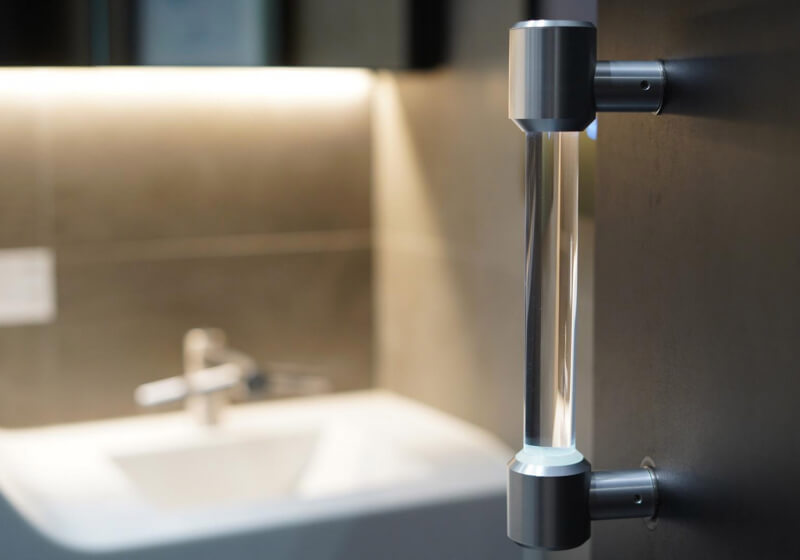Android devices can back up apps, call history, and device settings to Google Drive. On the web, Google Drive is tweaking how you view “Backups,” with the section no longer visible from the navigation drawer.
Google has been warning users signing in to Drive over the past few days that “Backups have moved.” The banner also includes “Go to Storage” and “Learn more” shortcuts:
You can now manage and view your device and app backups under Storage.
Drive Google Classroom
Instead of a dedicated “Backups” section with phone icon just above “Storage,” you have to click the gigabyte/terabyte count just underneath the progress bar. You get a list of every file in your online Drive organized by storage size, and in the right-corner is a blue link to “Backups.”
Sign in - Google Accounts.
Search the world's information, including webpages, images, videos and more. Google has many special features to help you find exactly what you're looking for. With Google Play, drivers may access apps for listening to personalized music, podcasts and audiobooks in the vehicle. 'This is life-changing':Meet the Redditors behind the GameStop saga. With a Google Account, you get 15 GB of storage for free. Storage gets used by Google Drive, Gmail, and Google Photos, so you can store files, save your email attachments, and back up photos.
Driver Google Com
You’ll see the same list of signed-in devices and apps — currently just WhatsApp — with the “Last backup” date noted. Tapping shows what’s saved and gives you the ability to delete. There is no way to view that actual data.


This new process is somewhat convoluted and buried, but viewing your list of backups is somewhat less important on the web than mobile — where it’s still housed in the navigation drawer.
The change was announced earlier this month alongside new G Suite admin controls for third-party app backups in Google Drive.
More about Google Drive:
FTC: We use income earning auto affiliate links.More.
Drive up the wall: Google wants to clear up confusion around its Drive file sync and storage service. Although there’s just one Google Drive app on mobile, on the desktop there's 'Drive File Stream' for Workspace/G Suite customers and 'Backup and Sync' for regular users. Following an update (version 45.0) to Drive File Stream last week, Google renamed this service to 'Google Drive for desktop'. The company is now pushing to make it a unified client for all users by incorporating features from Backup and Drive, including the ability to upload media to Google Photos.
Google’s file sync offerings under its Drive service can get a bit complicated, especially if you’re a regular customer who relies on Backup and Sync for personal use and then has to manage Drive File Stream at work. It could also get messy if an organization used both solutions at the same time.
Thankfully, the company is streamlining things with Drive for desktop, a recent relabelling of the enterprise-focused Drive File Stream, in an effort to reduce confusion for all Google Drive users around which app to use on desktop. Google notes that IT admins and business end users won't be impacted by this change and that it's launched a beta for the new unified client that will combine the 'best and most used features' of Drive File Stream and Backup and Sync.
Later this year, Drive for desktop will allow backing up media to Google Photos, local folder sync, and multi-account access.
Click here for the full list of features that'll come to Drive for desktop.
Google Drive for desktop will also be rolling out to regular users on PC later this year as a replacement for Backup and Sync. Consequently, they'd need to manually transition to the new unified client as Google retires its current consumer offering.
The company says it will give IT admins and end users three months' notice before the deadline to transition to Drive for desktop. It will share more details on consumer timelines closer to availability.